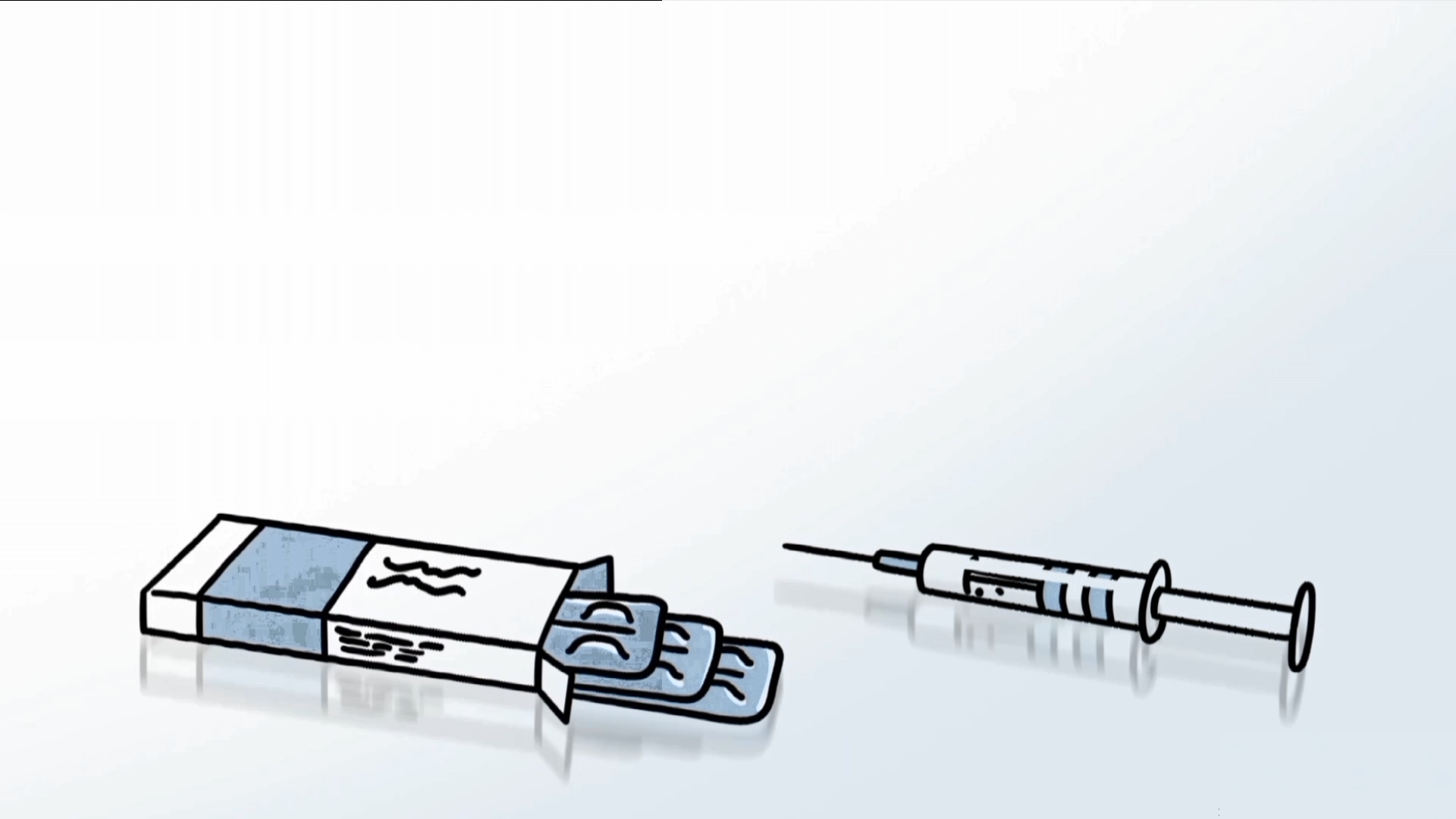Targets the root cause of allergy by stimulating an immune response
Allergy immunotherapy (AIT) is the only treatment of allergic disease that addresses the underlying cause of the disease: the immune system. Therefore, it is also the only treatment capable of modifying the course of the disease.
It works by administering repeated doses of the specific allergen that the patient is allergic to. This stimulates an immune response in the body, which causes the patient to build up immunological tolerance against the given allergen.
AIT is proven not only to improve the patient’s symptoms and need for symptom-relieving medication, but also to induce specific tolerance beyond the duration of the treatment. By targeting the specific allergen that triggers a patient’s symptoms, AIT inhibits the occurrence of both seasonal and perennial allergic reactions.

